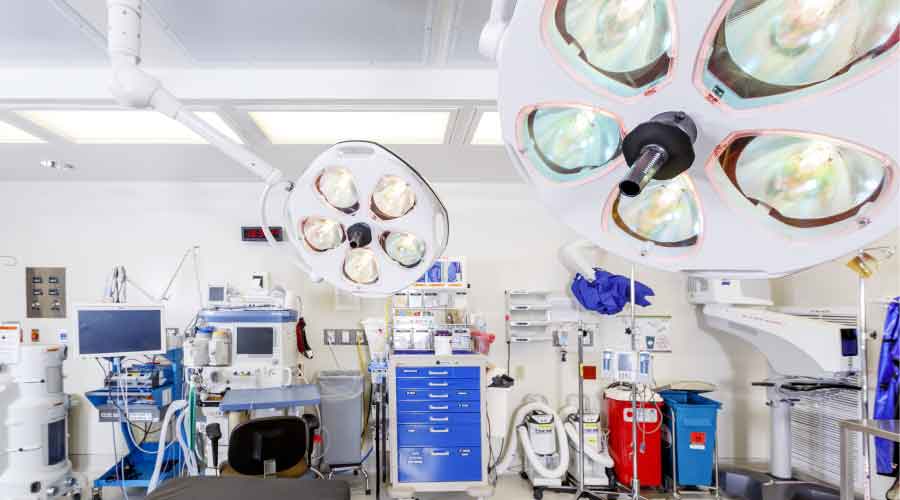Balance Cost Efficiency, Functionality To Decide Correct Lighting Options
With fluorescents, you can adjust levels by on/off switching or dimming. But they often present a choice between cost efficiency and functionality, says Denise Fong, principal, Candela Lighting.
"The switching off and on doesn't really work for most people, because it's too much change, but dimming is pretty pricey with fluorescent systems," she says. "So people did it if code required it, but otherwise it didn't happen very much.
"With LEDs, because they're generally easier to dim, and the dimming drivers are a standard part of the fixture, it's a lot easier to do it. So you just have to connect it to a photo sensor and make sure it gets commissioned, and you're ready to go."
To deal with these differences, start with some information gathering. Take a look at all the types of spaces you will be putting lighting or controls in, and ask yourself what is really needed in that space. Do you need dimming capability in the lobby, or are set light levels OK? Are on/off switches good enough in the conference rooms, or do you need occupancy sensors to prevent the lights from being left on? In stairwells, can you do 50 percent controls that ramp up to 100 percent when motion is detected?
After that, start looking at what types of lighting might best fit the needs. Unlike fluorescents, you don't have to worry about possibly shortening the lifespan of LEDs by regularly switching or dimming them, according to Fong, so 50 percent controls that have to jump up to 100 percent on a regular basis would most likely call for LEDs. However, in an environment that can get excessively hot, another type of lighting option may be better to avoid overheating.
Then lay out the spaces, types of lighting, and control needs on a matrix with different control options and their capabilities. While this may seem like a lot of work up front, it will save headaches when the system comes online, Fong says.
"The systems themselves, in terms of planning, can get to be fairly complex, but the goal is from an operational standpoint to make it something that your grandmother or mine could operate," she says.
Consider Energy Efficiency
Just about any new or retrofit lighting application is going to have energy efficiency as one of its concerns, for reasons ranging from knocking a few dollars off the bottom line to full-scale demand response programs to code requirements. The dimming capability promised by most LEDs is a definite point in their favor; whether it's individual control, daylight harvesting, or demand response, there are a number of reasons to need to be able to dim the lights.
"A lot of these things, depending on what part of the country you're in, are code requirements now," Fong says. "But even in places where they're not, if people are going to use LEDs anyway, it really doesn't cost any extra to get that extra level of control as long as they plan for it as part of the design."
Related Topics:














